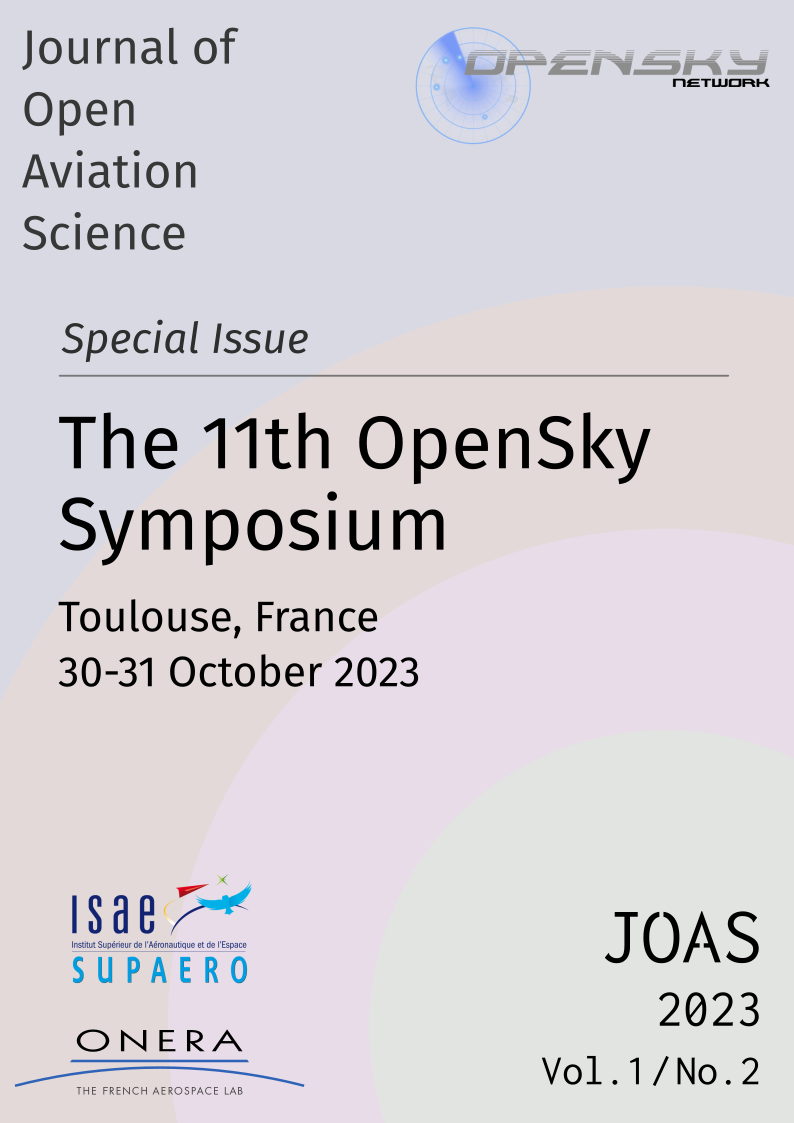On the Causes and Environmental Impact of Airborne Holdings at Major European Airports
DOI:
https://doi.org/10.59490/joas.2023.7198Keywords:
airborne holdings, environmental impact, adverse weatherAbstract
This paper introduces a data-driven technique for labelling airborne holdings based on their underlying causes, specifically distinguishing between adverse weather conditions and other causes, such as airport capacity. Utilising a dataset comprised of flight trajectories arriving at 45 European airports over a nine-month period, extracted from automatic dependent surveillance-broadcast data, this paper provides valuable insights into the causes behind airborne holdings and their relative environmental impact. The proposed approach involves employing an existing neural network to identify airborne holdings. Subsequently, these holdings are cross-referenced with actual weather observations obtained from meteorological aerodrome reports. Following this, a subset of the holdings is labelled as either weather-related or attributed to other causes, based on historical air traffic flow management regulations. Finally, the cause of the majority of unlabelled holdings is determined using semi-supervised learning. The findings indicate that at least one-quarter of the 30-minute time periods with airborne holdings identified by the neural network can be attributed to weather-related factors, with reduced visibility, strong winds, and convective weather, emerging as the primary contributing events. Intriguingly, weather-related causes account for approximately 40% of the total fuel consumption associated with these procedures.
Metrics
Downloads
Additional Files
Published
How to Cite
Issue
Section
License
Copyright (c) 2023 Ramon DALMAU, Philippe VERY, Gabriel JARRY

This work is licensed under a Creative Commons Attribution 4.0 International License.


